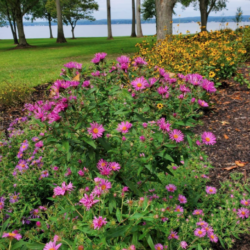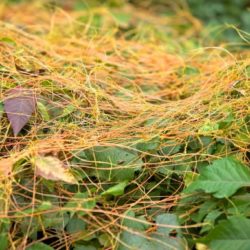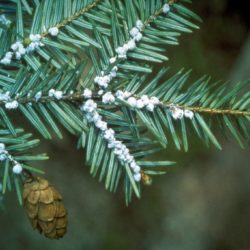By Kelsey Skaroff
2020 was obviously a remarkable year for many in adjusting work, relationships, and life in general in response to a pandemic, social justice movements, the economy, climate change, and politics. After a brief moment of uncertainly my job as Head Gardner went on as normal in this most unusual year.




